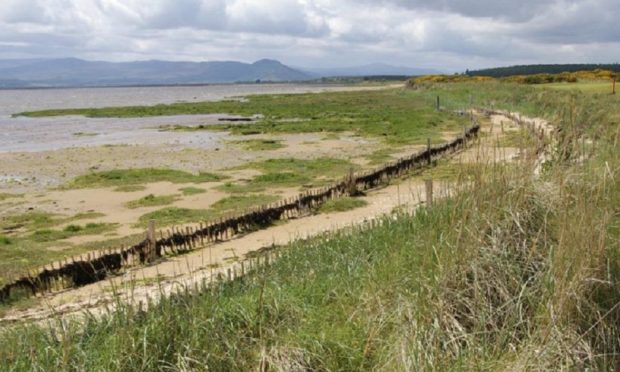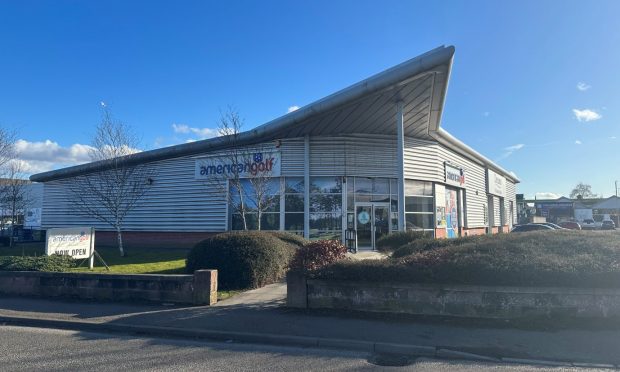A pioneering project has helped prevent part of a Highland golf course succumbing to coastal erosion.
The 10th fairway at Royal Dornoch Golf Club’s Struie Course was vulnerable to flooding and erosion and there were fears part of the hole could be lost.
But a three-year project to help restore a natural coastal defence has stabilised the situation and avoided any further action.
Royal Dornoch Golf Club provided £10,000 a year towards the Green Shores project, based at the University of St Andrews, which investigated replanting saltmarsh habitat in the Dornoch Firth.
The project was part of a wider Scottish programme to recreate saltmarshes that has proven successful in the Eden Estuary in Fife, where erosion was causing concern for the St Andrews Links Trust.
Saltmarshes provide important habitat for a wide range of wildlife and can provide greater carbon storage than other natural habitats, important to redress climate change.
They also absorb wave energy and, wherever saltmarshes exist, the land behind is less likely to be eroded or flooded.
However, shoreline degradation and climate change are increasingly placing the grassland areas under threat.
As part of the project, Royal Dornoch greenkeepers helped install biodegradable structures called bio-rolls to reduce wave action.
Pupils from Dornoch Academy also helped dig and replant saltmarsh transplants behind the bio-rolls.
A report on the project said flooding and erosion incidents have been increasing on the low-lying land on the northern shore of the Dornoch Firth and the natural fringe of saltmarsh grass habitat along the length of the firth’s shore has increasingly fragmented in recent years.
However, bio-roll protection overall increased the rate of success of those transplants actively growing at each site.
Its authors concluded that the project provided a rare example in Scotland of a nature-based solution that offers genuine potential to be successfully deployed around vulnerable, low-lying, soft coastal environments.
Dr Clare Maynard, from the University of St Andrews, said the bio-rolls had been hit by storms: “However, although the bio-rolls were battered, the ones that survived provided enough shelter to allow sediment to settle out of tidal waters.
“This is a natural precursor to saltmarsh colonisation and demonstrates that we are a step closer to developing a continuous saltmarsh front for greater protection of the Struie Course.
“Creating natural flood defences, or building with nature, is not a quick fix, and although research-oriented in theory, relies heavily on trial and error when working practically.”
Neil Hampton, Royal Dornoch’s general manager, said: “We have been working hard to protect the Struie Course from coastal erosion.
He added: “Five or six years ago we thought we may have to move a fairway but now we are very confident that it will stay where it is and what we have is what we’ll keep for a long time.
“The last few years have been very positive and the fairway is now secure in its location.”










